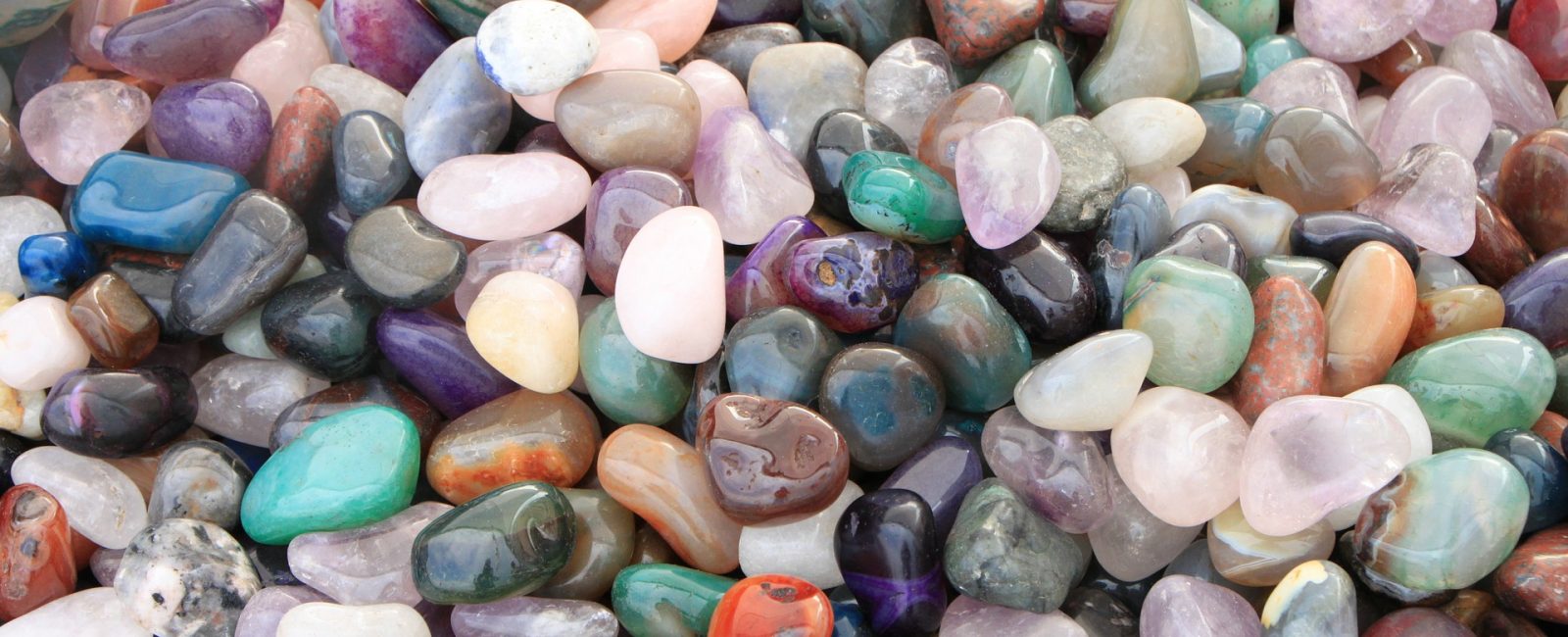
If you are like me – then you are absolutely fascinated with rocks, minerals, and gemstones.
I am obsessed to put it mildly. So obsessed it seems that my 3 year old is well on her way to a major rock addiction. We can’t leave the playground with out at least three special specimens to bring home. We are accumulating a lovely collection of granite.
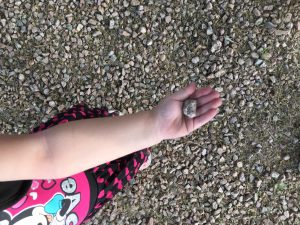
My daughter starting her granite… rock collection
Beauty is often in the eye of the beholder when it comes to collecting rocks, unique mineral specimens, or gems for jewelry but there is also a science and history behind their beauty.
I am on a mission to consume all I can about earths treasures and their journeys. On my mission through GIA studies, jewelry design, recreational mining, and working on Jewelers row in Philadelphia I have acquired some interesting morsels I would like to share.
I will try not to drag you down the rabbit hole with too much science jargon if possible.
I do seriously dig the science stuff through (you should see my book shelves). I’m just going to throw down some fun and fascinating facts about rocks, gems, and minerals and try not to get to technical while doing it.
A rock is a rock – a mineral is a mineral – gemstones are gemstones right?
Not exactly, there is a little more to it.
What are Rocks, Minerals and Gemstones?
Glad you asked.
Whether you are collecting unique mineral specimens to adorn a shelf in a glass cabinet, purchasing exquisite gemstones to be made into jewelry, or simply picking up cool rocks while enjoying the outdoors you may not know some of the basic things that set rocks, minerals, and gemstones apart.
Rocks Rocks Awesome Rocks
Simply put all rocks are formed from different minerals. They are lumped into three groups based on how they formed:
Igneous – volcanic formation during the cooling of magma or lava – granite and basalt.
Sedimentary – bits and pieces of pebbles, particles and shells that are squished into layers over time – sandstone and flint
Metamorphic – when the original rock changes form from heat or pressure – Marble
Still with me? Good. You may also note I spend a little more time on minerals and gemstones…
Getting Down and Dirty With Minerals.
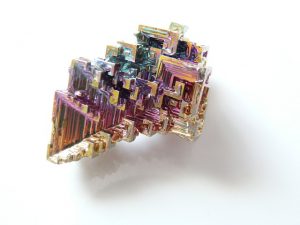
Bismuth one of my all time favorites

Pyrite another favorite of mine.
Minerals are an enigma of nature, they are solid, natural, inorganic, formed from chemical elements *whip out that periodic table* and crystalline, (well mostly, but more on that later). Most minerals crystalize when magma cools underground slowly. The bigger the crystal the more time it had to get its atoms in a really organized arrangement like quartz, fluorite and diamonds.

Halite Crystal photo source Rob Lavinsky, iRocks.com – CC-BY-SA-3.0
Not all minerals form crystals – earths natural facets. Obsidian is a slippery bugger. It cools way to fast to
form crystals in any particular order and is actually a natural glass. *Cue science jargon* Obsidian is a mineraloid (no crystal structure). Opal is another mineral anomaly lacking any crystal structure and therefore a mineraloid.
While we are still talking minerals lets not forget salt (finely ground Halite) – the yummy on your steak or on your margarita glass salt… We may not be collecting this mineral to make jewelry with or put in a showcase but check this bad boy out under a scientific microscope and the cubic crystals are pretty darn cool. A little bit of a tangent there, lets carry on…
Shiny Pretty Sparkly Things Otherwise Known as Gemstones.

Gemstones are the crème de la crème of the mineral world. A mineral reaches gemstone status by achieving some high marks when it comes to color, clarity, hardness and sometimes rareness. The best quality minerals meeting the high standards of this criteria can then be cut and polished and used for adornment. Not all gem quality minerals make the cut for jewelry but some still may be cut, polished and put on display.
Some gemstones are extremely valuable while others of the same name just are not. There are so many discerning factors that go into determining a gems value that I will save the detail for another article.
Short story is a one carat colorless diamond that is flawless holds significant more value than a one carat colorless diamond with inclusions that can be seen to the naked eye and lets not forget the large use of diamonds for industrial purposes. Gem value runs the spectrum of quality, demand, and apparent rareness.
Now that we have an idea about how these bad boys are different lets dive into the fascinating facts about rocks, minerals, and gemstones shall we.
11 Fascinating Facts About Rocks, Minerals, and Gemstones.
1. Diamonds are not as rare as you think. It may surprise you that well over 100 million carats are mined each year. There are several gemstones more rare and can be more valuable then a diamond. While you take that in lets talk about just a few of the beauties that are kicking the diamonds rear in the rarity department.
- Grandidierite: No we are not talking about your grand dad. This rare green-blue gem was first found in Madagascar in 1902 and named after Alfred Grandidier, a famous french explorer.
It has been found in very few places and gemstone quality of Grandidierite is extremely rare. Finding jewelry made with Grandidierite is hard to come by since there is so little of it to date. You can check out faceted gem quality grandidierite here.
- Tanzanite: Speaking of rare, this beautiful blue to violet blue gemstone is found in only one location in the world. It was discovered for the first time in the 1960’s near Mount Kilimanjaro in Tanzania. There have been a multitude of mining issues in Tanzanites short history. This is an unfortunate circumstance that plagues a large portion of the colored gemstone trade in general. Experts believe this gems supply will be depleted within the next 25 years.
- Benitoite: Another single locale blue gem found only in California in San Benito County. There is only one commercial mine in the whole world for this sparkly blue stone. This gemstone was originally discovered in the early 1900’s and became California’s state gemstone in 1985. Benitoite mineral specimens are very popular amongst collectors.
2. Ok. Ok. So I said diamonds aren’t that rare, but that doesn’t go for all diamonds. Red diamonds are extremely rare. Diamonds come in almost every color, but red is the most elusive. There are about 30 known red diamonds in the world and the majority of them are less than half a carat. Due to its rareness red diamonds fetch a pretty hefty per carat price like this 0.29 carat beauty here.
3. Not all stone jewelry is gemstone jewelry. Gorgeous jewelry can be made with granite and basalt. You know your common every day igneous rocks. Apparently my three year old knows a thing or two about sourcing quality jewelry design materials.
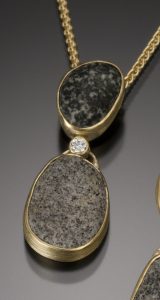
Image by Robert Diamante via jnielsenjewelry.com
Jewelry artisan Jennifer Nielsen designs and handcrafts heirloom quality jewelry using granite and basalt – just to name a few of the awesome rocks I saw in her collection. She combines these rocks with reclaimed precious metals and gemstones to create simple yet elegant jewelry like this 18 karat gold contrasting pebbles and diamond pendant and this dainty 18 karat gold basalt pebble ring.
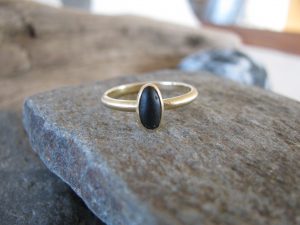
Image via jnielsenjewelry.com
All of Jennifer Nielsens jewelry is handmade by her using only ethically sourced sustainable materials.
Visit Jennifer’s website here.
4. Lets talk Quartz the most common mineral. There are a plethora of crystalline quartz varieties that have their own name. Some might not even realize it is just plain old quartz. You know just rock crystal. There is definitely nothing plain about quartz.
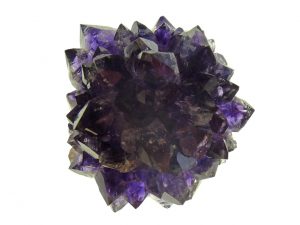
Amethyst
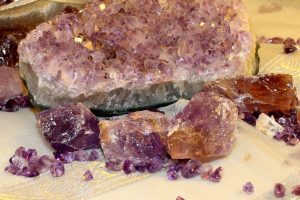
The purple stuff otherwise know as amethyst is one of the most popular varieties. Amethyst is very abundant and while high quality gem material of amethyst is very rare it is one of the lower priced precious stones. Citrine is also quartz and the natural kind is rare. It runs the color spectrum yellow – orange – brown and is typically heat treated amethyst. Ametrine is another variety of quartz. Basically Amethyst and Citrine fall in love and have a child named Ametrine – it is a bicolor quartz combining both purple and yellow and is only found in Bolivia.
5. Throwing more diamonds into the mix, you know because they are so abundant. Herkimer Diamonds found in Herkimer County, NY are actually not diamonds at all. They are another quartz variety playing imposter. These crystals are called Herkimer Diamonds because they have such great clarity and are naturally faceted. They naturally look like a cut and polished diamond. They have double termination which means they form faceted crystal points on two sides.
6. Some seriously old rocks were discovered in Jack Hills, Australia that contained some of the oldest known zircon specimens ever – to the tune of almost 4.4 billion years. The earth is roughly 4.5 billion years old. The microscopic inclusions in the zircon gave scientists a glimpse into what earth was like in its early days. Zircon is also a valuable gemstone that comes in many different colors, it comes very close to looking like a diamond but it is au natural and not to be confused with the synthetic diamond simulant cubic zirconia.
7. Yes gold is a mineral and also a native elemant *check that periodic table again* Gold can be found literally all over the world although it is actually rare. Production of gold is far lower than the production of diamonds globally. Most gold nuggets found throughout history have been melted down rather than appreciating it for its beauty like diamonds. There are a few jewelry designers out there incorporating these rare gold nuggets into their designs. Surprisingly gold has also been used over the years in treating rheumatoid arthritis.
8. Get out your black light. No we are not checking out a crime scene or listening to The Grateful Dead – we are still talking about rocks, minerals, and gemstones. Some of these fluoresce or glow under black light but can’t be seen otherwise. Few minerals fluoresce all by themselves it usually takes some additional elements to cause the phenomenon. Franklin, NJ happens to be the florescent mineral capital of the world. Some common fluorescent minerals are fluorite, calcite and gypsum even about 30% of diamonds.
9. They say size doesn’t matter, but who are we kidding. Crystals really do come in all sizes from the microscopic to the ginormous. Some of the largest crystals ever discovered were found in Mexico. The Cave of Crystals is home to gypsum crystals that have grown more then 30 feet. Gypsum is very low on the totem pole known as the MOHS scale and is typically used in drywall. These crystals however are being protected and will not end up in walls any time soon.
10. Because apparently I can’t help myself with diamonds… I should also mention if you live in the US – you too my friend can become a diamond miner. That’s right. As I have previously mentioned diamonds are abundant. You may also be surprised to find out that Murfreesboro, Arkansas is home to the only active and open to the public diamond mine in the United States. Yes you read that right – public diamond mine. Diamonds were first discovered in Arkansas in 1906. Today you can plan a camping trip and prospect at what is now known as Crater of Diamonds State Park – even better – you can keep everything you find.
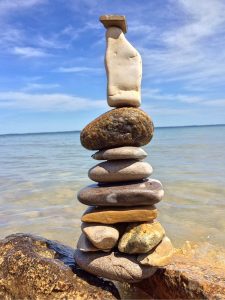
Rock Balancing
11. Rounding out my list of fascination is the wonderful world of rock balancing… People like to stack and balance rocks. Yes this is a thing. People all over are creating ornate rock sculptures by simply balancing the rocks and nothing else. Like most art people love it or hate it. Michael Grab has been stacking rocks for many years and has even built quite a following through selling photographs of his rock balancing art.
I have barely scratched the surface with my tiny list. I am profoundly amazed by earths treasures. Lets grow this list together. Drop your rock knowledge in my inbox.
Sources
Curiousnotions.com
collectorsedge.com
worlddiamondcouncil.org
capetowndiamondmuseum.org
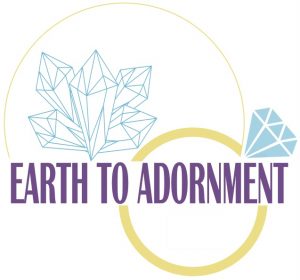

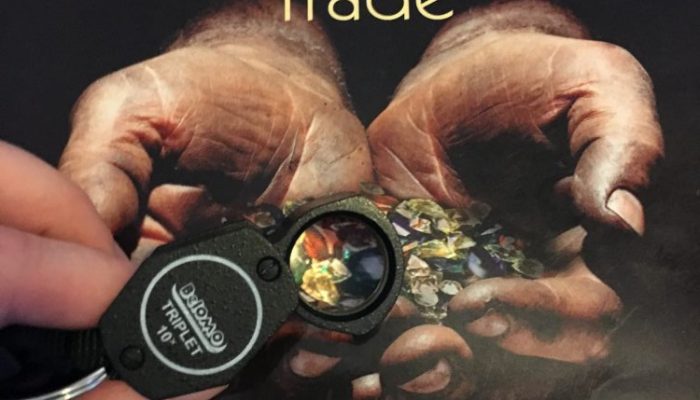
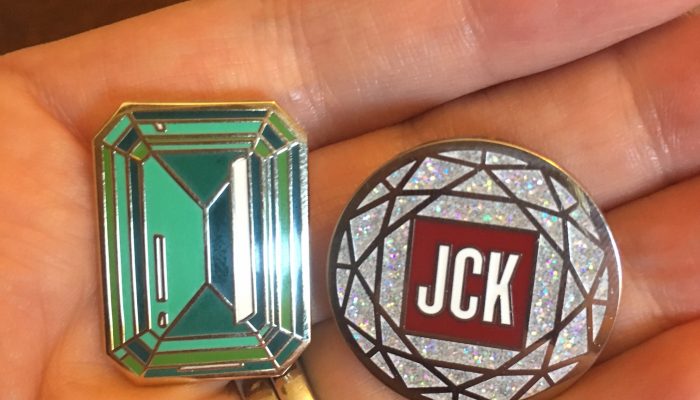


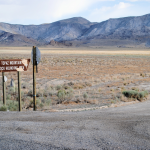
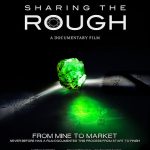
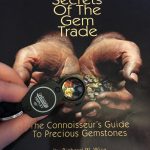
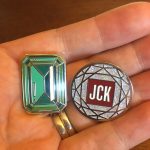
It’s fascinating to know that the cooling of magma is one of the main things to consider when determining the likelihood of a rock forming into a crystal. I’d like to buy some quartz mineral specimens soon because I think they can give a nice touch to my potted plants at home. I’m trying to go for an otherworldly vibe so that might be a good way to accomplish that.